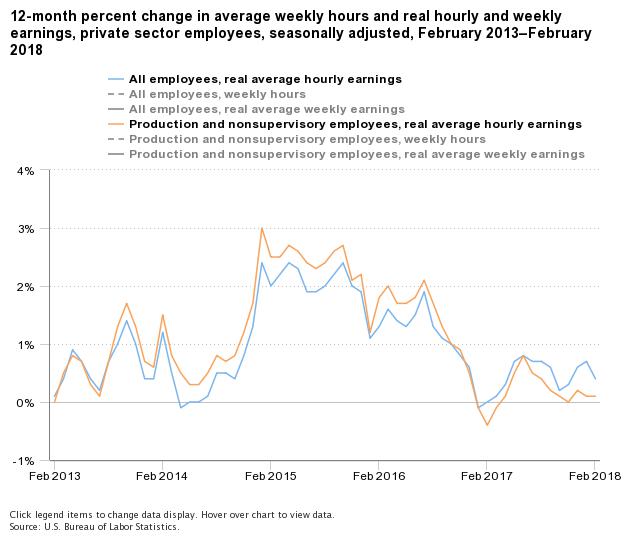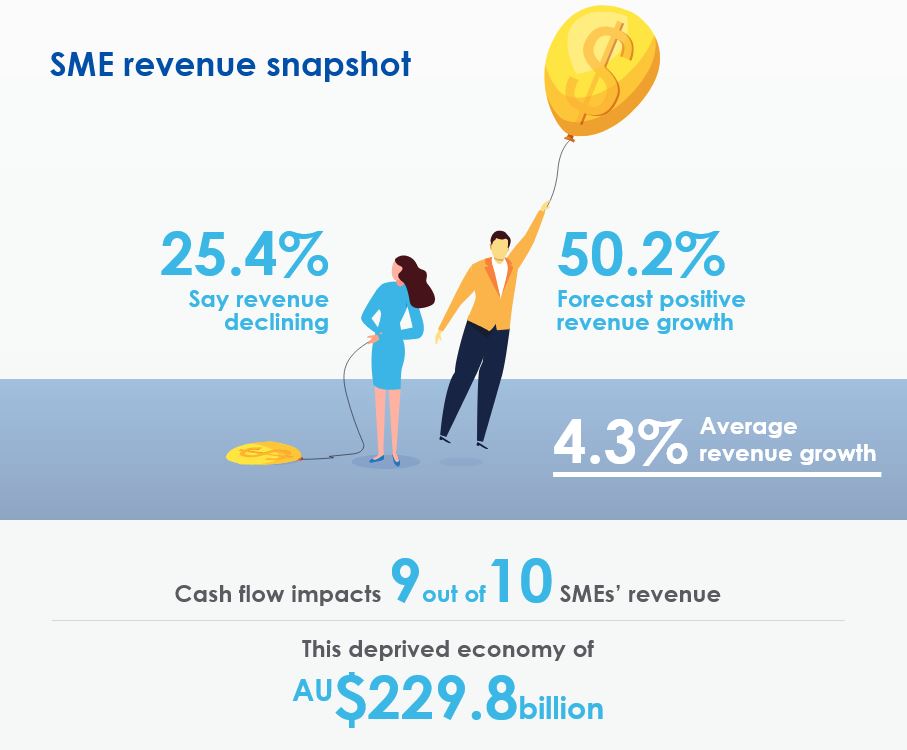The ACCC’s interim report into residential mortgage pricing reveals the “lack of transparency” around how the ‘inquiry banks’ – ANZ, CBA, Macquarie, NAB and Westpac— make these decisions.
The regulator found a “lack of vigorous price competition” between the big four banks in particular, with negative public reaction being a major concern.
The ACCC examined thousands of internal documents for this report. This is what they reveal:
1. Banks raised rates to reach internal performance targets:
The ACCC found that achieving profit and/or revenue-related performance targets affected the banks’ decisions on interest rates.
For example, concern about a shortfall relative to target was a key factor in two inquiry banks increasing headline variable interest rates in March 2017.
Tweaking the headline variable interest rates may be in the banks’ favour because it affects both new and existing borrowers, so even small increases can have a significant impact on revenue, the report found. And the majority of existing borrowers would likely not be aware of small changes in rates and would therefore be unlikely to switch.
2. A shared interest in avoiding disruption:
The banks’ pricing behaviour “appears consistent with ‘accommodating’ a shared interest in avoiding disruption of mutually beneficial pricing outcomes”, the ACCC found.
Instead of trying to increase market share by offering the lowest interest rates, the big four banks were mainly preoccupied and concerned with each other when making pricing decisions.
In fact, in late 2016 and early 2017, two of the big four banks each adopted pricing strategies aimed at reducing discounting in the market even though this was potentially costly for them if the other majors didn’t follow suit.
3. Reputation is everything:
The banks are particularly attentive to when and how they explain interest rate decisions to the public, and strong public reaction can even put pricing decisions on hold.
One inquiry bank decided to defer a rate rise due to the reputational impact.
Another bank’s internal document noted that changing the headline variable interest rate without an easily understood reason or trigger event could have the “potential to attract a lot more attention and focus” from the public.
In an email discussion among a group of bank executives, one leader noted that it had not made the case for repricing its back book.
“I am also very conscious that we suspect that many first home buyers, unable to afford owner occupier homes, have instead have [sic] bought [an] investment property to take advantage of the low interest rates, tax break and keep a foot on the housing market. I don’t think that this would play well from a customer or community stand point,” the executive wrote.
4. Not just about APRA:
In July 2015, all of the big four banks attributed interest rate increases to APRA’s limits on investor lending.
However, one inquiry bank said in an internal memo that the “substantial economic benefit” of hundreds of millions of dollars in additional revenue was a consideration in its decision.
Where does this ACCC report come from?
Back in June 2017, the banks indicated that rate increases were primarily due to APRA’s regulatory requirements, but once under further scrutiny they admitted that other factors contributed to the decision, including profitability.
In December, the ACCC was called on by the House of Representatives Standing Committee on Economics to examine the banks’ decisions to increase rates for existing customers despite APRA’s speed limit only targeting new borrowers.
The investigation falls under the ACCC’s present enquiry into residential mortgage products, which was established to monitor price decisions following the introduction of the bank levy.





 Source: Roy Morgan Single Source (Australia). 6 months to January 2018, n= 6,052 Base: Australians 14+ with home loan. 1. Based on largest number of home loans purchased at a branch. 2. Excludes other methods of obtaining home loans. 3. Includes brands not shown.
Source: Roy Morgan Single Source (Australia). 6 months to January 2018, n= 6,052 Base: Australians 14+ with home loan. 1. Based on largest number of home loans purchased at a branch. 2. Excludes other methods of obtaining home loans. 3. Includes brands not shown.




